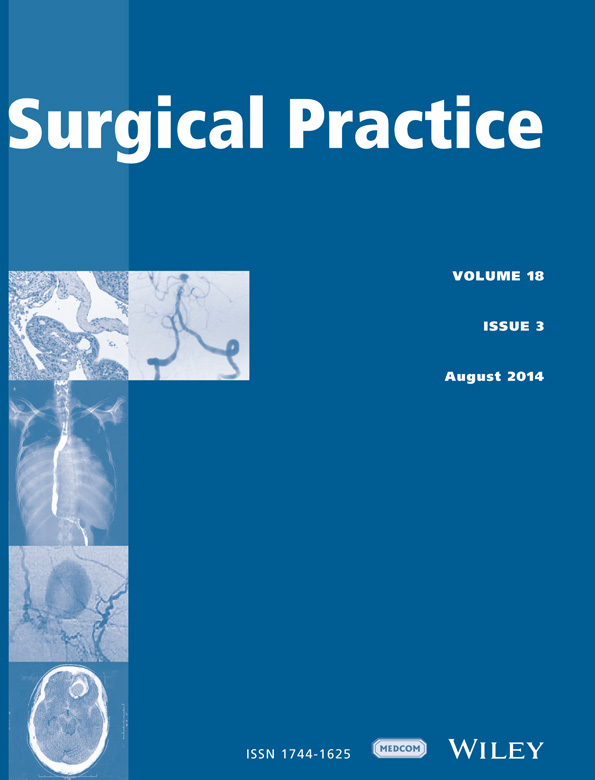Protocol-driven self-expanding metallic stenting for malignant large-bowel obstruction in a district hospital
Abstract
Aim
The acute management of non-perforated malignant large-bowel obstruction (MLBO) now includes self-expanding metallic stenting (SEMS) as one of the possible options. Whether it can be the standard treatment of MLBO, however, remained controversial.
Patients and Methods
Our hospital adopted a new protocol concerning case selection, timing and personnel involved in SEMS since January 2009 to incorporate this option into our management flow of MLBO; data were prospectively collected. Outcome measures included technical and clinical success, related complications, subsequent operation type, stoma formation, patency and survival of patients.
Results
A total of 48 patients attempted SEMS to relieve their obstruction, 50 per cent with an aim as bridge to definitive surgery and 50 per cent for palliation of incurable disease on presentation, during the initial period from January 2009 to June 2011. The technical and clinical success rates were 91.6 per cent and 89.6 per cent, respectively, without immediate perforations. The overall stoma rate was 22.9 per cent.
Conclusion
With standardization by way of a well-designed protocol, SEMS can be recommended as part of a routine-management option of MLBO in centres with expertise available to produce favourable results.




